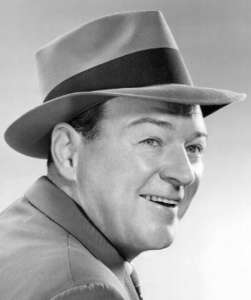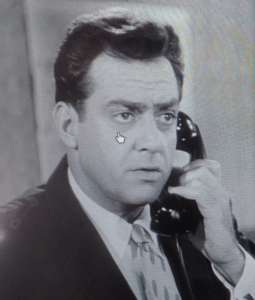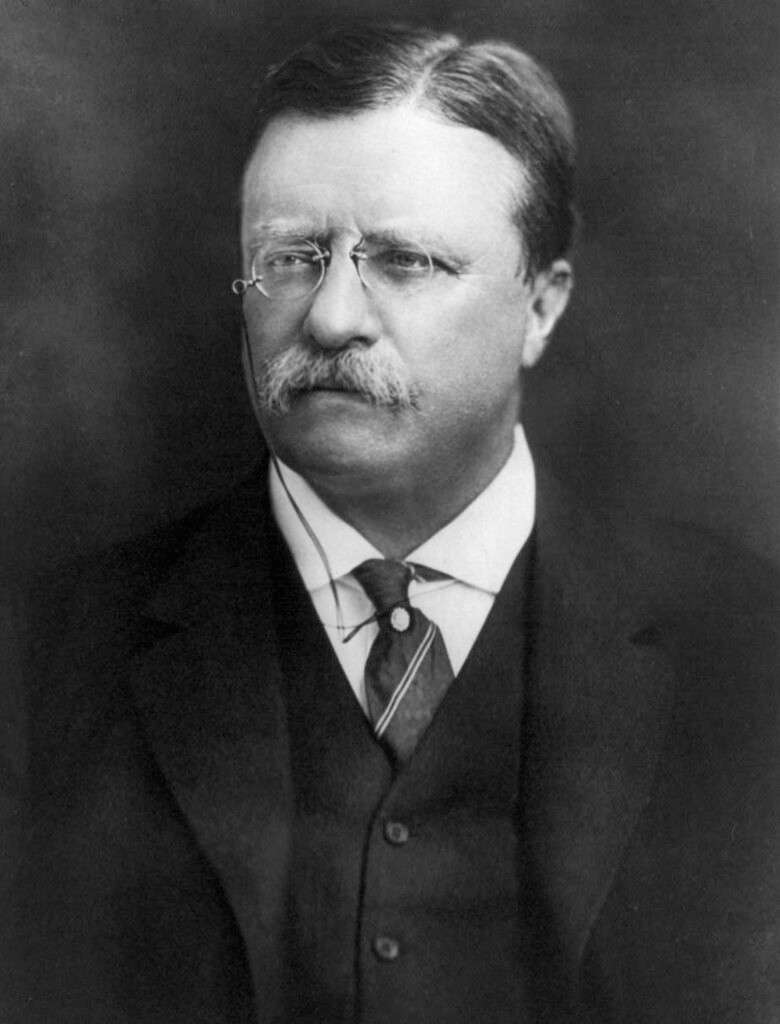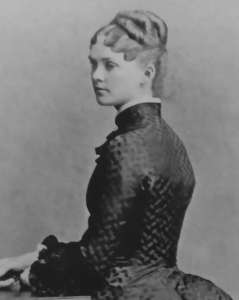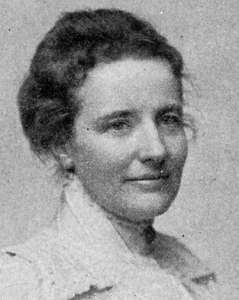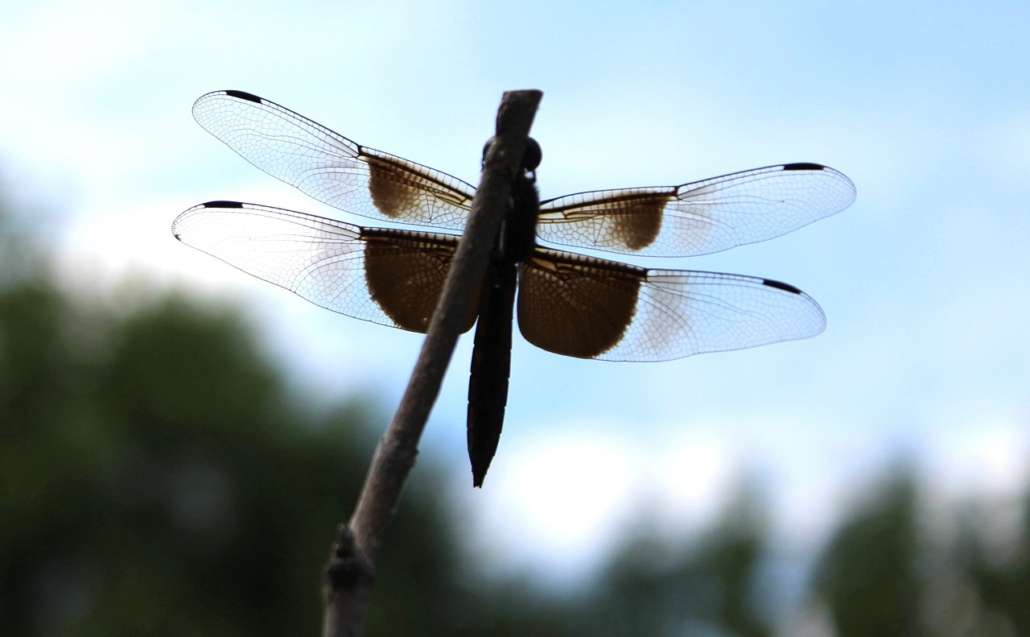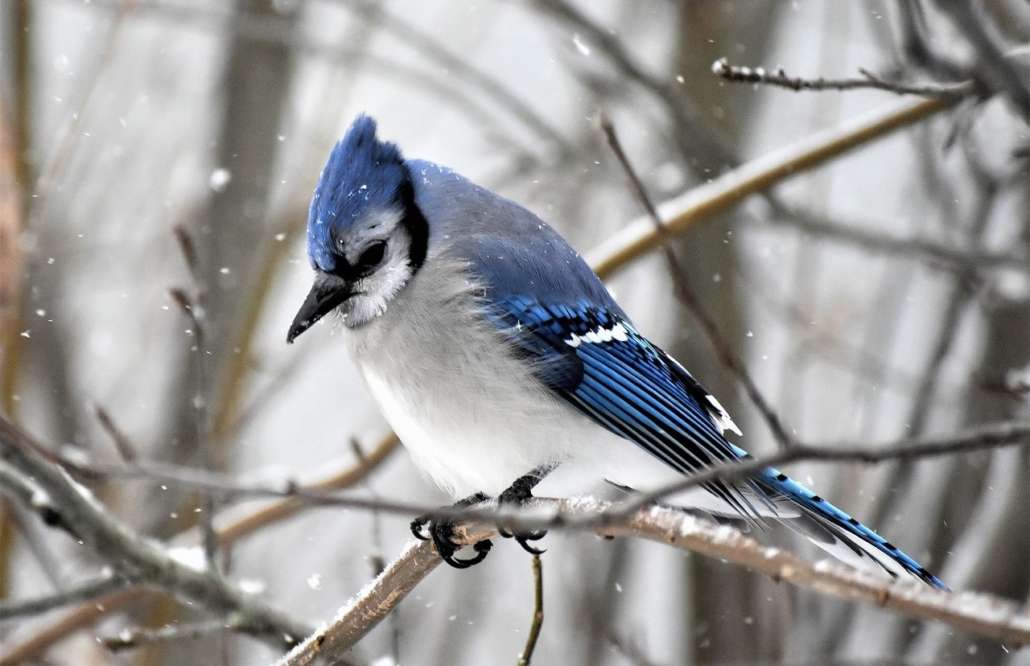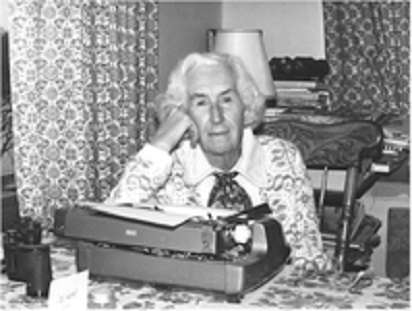I’M JUST CURIOUS: What to do with orphan socks
 by Debbie Walker
by Debbie Walker
Is your washing machine like mine? Well, it’s either the washer or the dryer. One or both of them eat socks. I even remember my mother had the same problem, so I know it’s not just mine. Well anyway, I am including some uses for the sock that’s left. I found these in my First magazine. I love this stuff!
One use for the lonely sock is to put rice in it, sew it shut. You can put these in the freezer for what my great-granddaughter calls a “cooly” for boo-boos that need the cold treatment. You could use it as a heated treatment by popping it in the microwave for about a minute. They are handy to have around. I made some for all my family.
Another use for an orphan sock is one I will have to use soon. You take kitchen tongs and put an orphan sock on each end. You spray each sock with your favorite cleaner. You use this to clean dusty window blinds.
Do you throw away those slivers of bar soap usually ignored by all. Put them in an orphan sock, tie it up and use it like a loofah. I am going to take some of those little motel bars of soaps and put in a sock. Nice and soapy.
You can also use an orphan sock, even one with a hole in the heel, for packing breakable decorations. The little extra cushion it will provide might mean a positive outcome when you decorate again.
This has nothing to do with orphan socks, but I thought it could be helpful this spring. If you have screens in your windows that look like someone cut it, you can put a couple coats of clear nail polish on the tear. Keep those Maine big winged mosquitoes outside!
Did you know that ants have a “smeller”(I like my new word)? Evidently, because I just read they don’t like lemon juice. Save your money, buy some cotton balls instead of those expensive cleaners. Soak them with lemon juice and leave them where you see their activity. It works!
If you water your plants and you see the water rolling out from the bottom of the pot, do a little fixing. You can take the plant and dirt out and replace with an old nylon, and then put all together again. It will save some of the water and won’t let any of the dirt escape from the pot.
Mud season must be coming up soon, if it’s not already there. If you want to clean mud from your clothes, let the stain dry and brush the remainder of mud off. Got any baby shampoo? Use a few drops on the stain and toss in the wash.
Baby shampoo. Have you ever made a homemade slip-slide for the children in your life. Putting baby shampoo on the running water from the hose to the tarp (that was what we used) and the kids will have a ball and no burning the eyes from any soap, no tears!
I’m just curious what ideas you might have. Share? Send any questions or comments to DebbieWalker@townline.org. I’ll be waiting. Have a great week.







